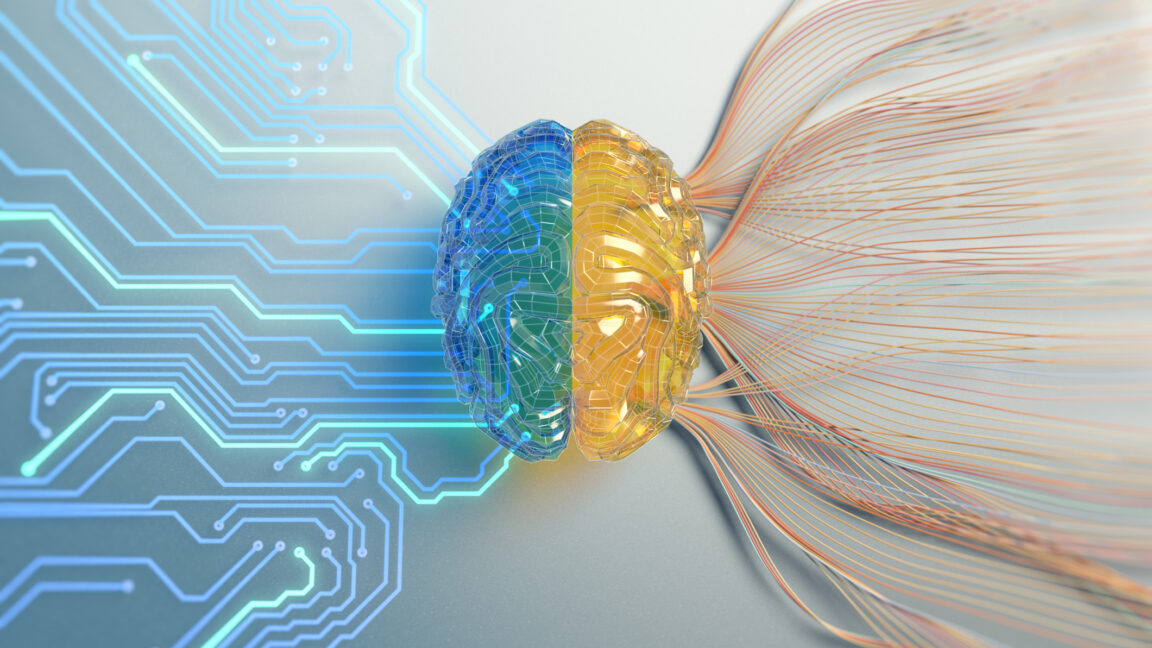Introduction to LegoGPT
The researchers also expanded the system’s abilities by adding texture and color options. For example, using an appearance prompt like “Electric guitar in metallic purple,” LegoGPT can generate a guitar model, with bricks assigned a purple color.
Testing with Robots and Humans
To prove their designs worked in real life, the researchers had robots assemble the AI-created Lego models. They used a dual-robot arm system with force sensors to pick up and place bricks according to the AI-generated instructions.
Human testers also built some of the designs by hand, showing that the AI creates genuinely buildable models. “Our experiments show that LegoGPT produces stable, diverse, and aesthetically pleasing Lego designs that align closely with the input text prompts,” the team noted in its paper.
When tested against other AI systems for 3D creation, LegoGPT stands out through its focus on structural integrity. The team tested against several alternatives, including LLaMA-Mesh and other 3D generation models, and found its approach produced the highest percentage of stable structures.
A video of two robot arms building a LegoGPT creation, provided by the researchers.
Limitations and Future Work
Still, there are some limitations. The current version of LegoGPT only works within a 20×20×20 building space and uses a mere eight standard brick types. “Our method currently supports a fixed set of commonly used Lego bricks,” the team acknowledged. “In future work, we plan to expand the brick library to include a broader range of dimensions and brick types, such as slopes and tiles.”
The researchers also hope to scale up their training dataset to include more objects than the 21 categories currently available. Meanwhile, others can literally build on their work—the researchers released their dataset, code, and models on their project website and GitHub.
Conclusion
LegoGPT is a revolutionary AI system that can generate 3D Lego models based on text prompts. The system has shown great potential in creating stable and aesthetically pleasing designs, and its ability to work with robots and humans makes it a promising tool for the future of 3D creation.
Frequently Asked Questions
What is LegoGPT?
LegoGPT is an AI system that generates 3D Lego models based on text prompts.
How does LegoGPT work?
LegoGPT works by using a combination of natural language processing and 3D generation models to create Lego models based on text prompts.
What are the limitations of LegoGPT?
The current version of LegoGPT only works within a 20×20×20 building space and uses a limited set of standard brick types.
What are the potential applications of LegoGPT?
LegoGPT has the potential to be used in a variety of applications, including architecture, engineering, and product design.











